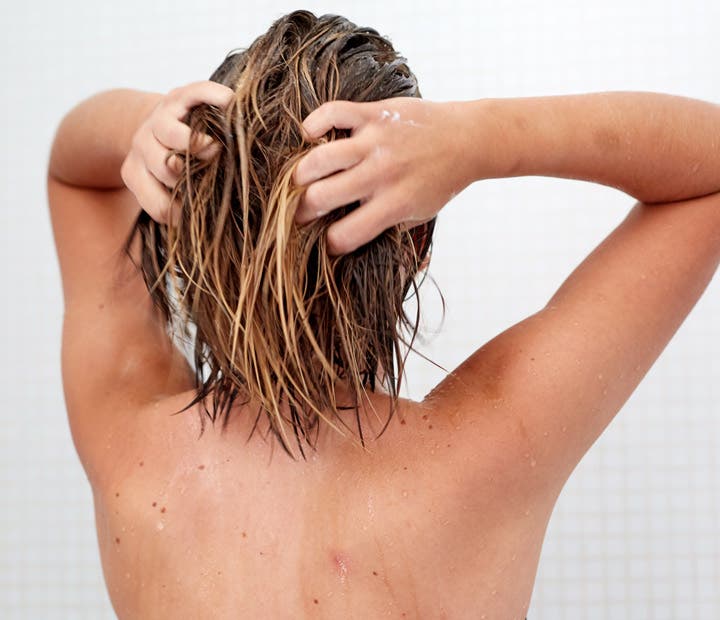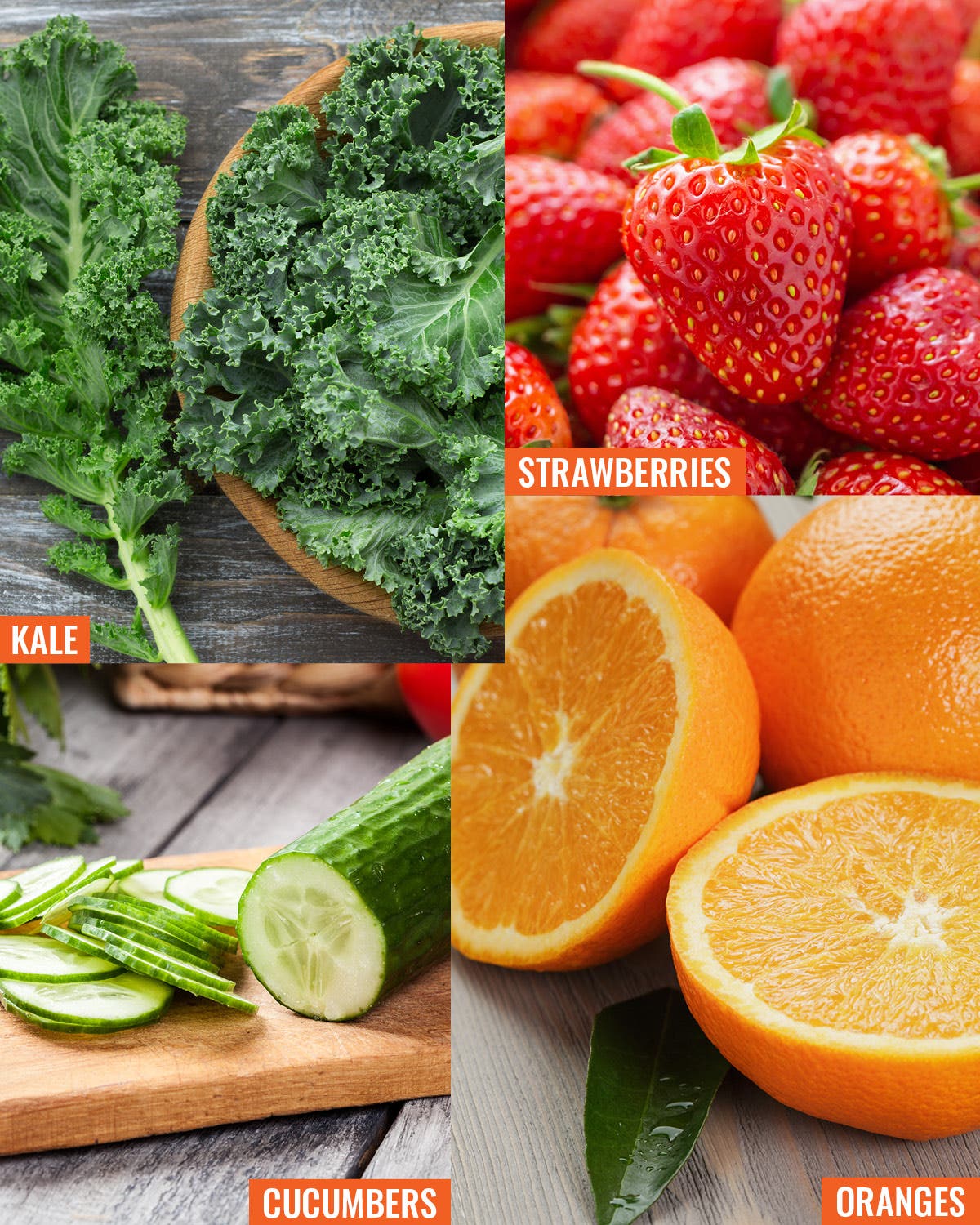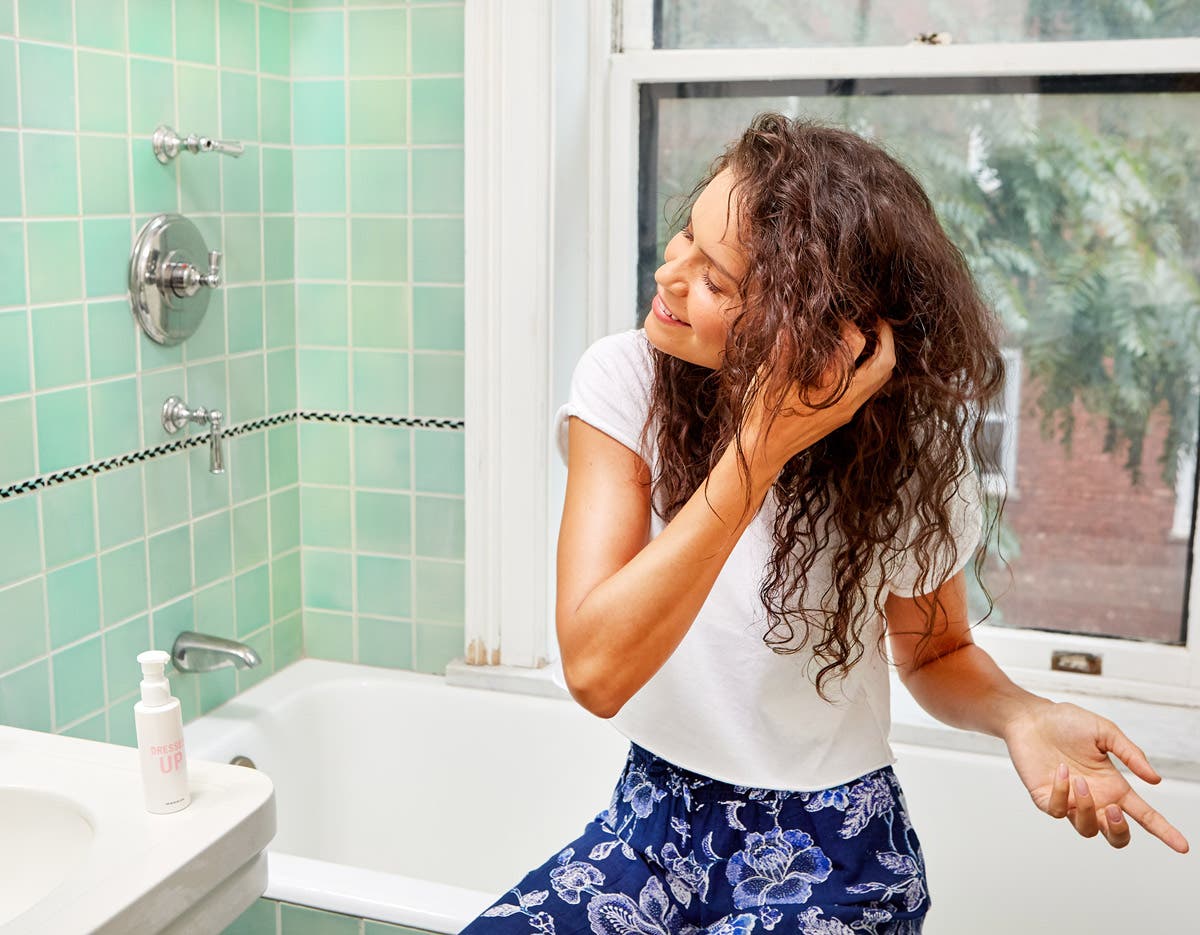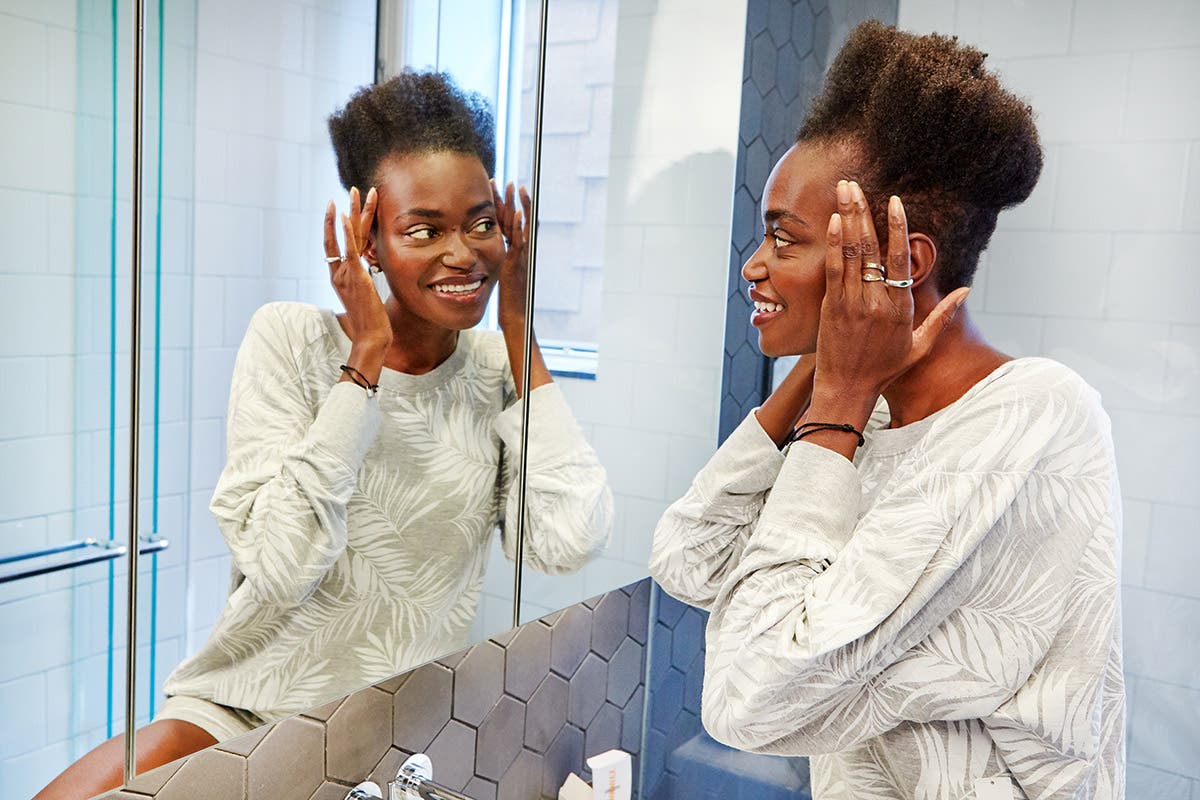Hair Hydration vs Moisture: Which Do You Need? (Hint: Both)

It’s easy to think that the terms “hydrated” and “moisturized” are interchangeable when it comes to hair, but they’re completely different. Your hair might be well-hydrated, but that doesn’t mean they don’t need a jumpstart in the moisture department, or vice versa.
Dry, lifeless, dull hair is frustrating – especially when you’ve been doing everything you can to keep it healthy. You might think: I eat all the right foods and drink plenty of water every day – why is my hair so frizzy? Or maybe: I use great products and my flat iron is collecting dust – why is my hair so dry and brittle?
The fact of the matter is, for your hair to reach its full potential, you need to be eating healthy foods, drinking plenty of water, and have the right hair care routine for your unique hair type. In other words, healthy hair isn’t just about what you put into your body or what you put on your hair – it’s about both.
What's the Difference Between Hair Hydration and Moisture?
To understand the difference between hydrated vs moisturized hair, you have to understand the layers of hair. No, we don’t mean the kind of layers you get at a salon – we mean the layers that make up each individual strand.
Every single hair is made up of these three layers:
- The medulla: A thin tunnel that sits right at the center of each strand – sort of like the stick of graphite in the middle of a pencil
- The cortex: A series of long, thin cells that surround the medulla – almost like flower petals – and give hair its color, texture, and thickness
- The cuticle: This surface layer is also the thinnest and protects the other layers
Hydration applies to the inner layers – the medulla and cortex – and is all about absorbing and retaining p water. Meanwhile, moisture pertains to the outer layer – the cuticle – and is all about regulating that water by sealing it in with oils so it doesn’t evaporate from your hair too quickly. Once that water is gone, your hair will become dry, leaving it fragile and vulnerable to damage.
Skin vs Hair Moisturizing: Not So Different After All
If this is starting to remind you of your favorite skincare blog, it might be because your skin is affected by water – or a lack thereof – the same way hair is. Poorly hydrated skin will become dry and potentially irritated, leading to redness and inflammation. When your skin is well-hydrated, meanwhile, it’s much easier to achieve a nice healthy glow.
Just like your hair, hydrating the skin isn’t enough – it’s just the first step. Moisturizing your skin helps seal in water, and moisturizing your hair does the same thing.
Hair Hydration
Okay, now that you know what hydration is, it’s time to talk about figuring out whether your hair needs it, and what to do if it does.
How to Know if Your Hair Needs Hydration
While it varies from person to person, your hair type can often be an indicator of whether it needs hydration. Generally, the straighter your hair, the less water it needs, while curlier hair requires more.
If your hair is very porous (i.e., dries quickly and is susceptible to breakage), it’s dehydrated. The easiest way to test the porosity of your hair is by placing a loose strand in a glass of water. Highly-porous hair will sink right away, while lower porosity hair will float.
How to Hydrate Hair
Hair type once again plays a role here: If you have fine, straight hair, you’re going to hydrate it differently than someone with kinky or coarse hair. Again, straight hair doesn’t typically dehydrate as easily as curlier hair, so those with curls will usually have to take extra steps to keep them hydrated.
If you have fine hair that tends to get oily quickly, you’re probably tempted to shampoo it often. Avoid this temptation, because shampooing your hair – aka removing the healthy, natural oils your scalp produces – too often will dry it out.
A detergent-free cleanser like Hairstory New Wash Deep is lightweight and gentle enough to be used on fine, oily hair on even a daily basis. Don’t worry about conditioning this type of hair too often, as the product will condition your hair as it cleanses.
If you have thick, curly hair, you likely won’t need to wash it often, but depending on how many products you use and how often, you might find yourself battling product buildup. Try cutting out shampoo altogether; instead, use a moisturizing cleanser like Hairstory New Wash Rich, which cleans without stripping away those natural oils you need to keep your hair balanced and hydrated. While New Wash Rich also has conditioning properties, you can add a conditioning mask into your rotation to keep your hair extra soft.
As important as your haircare routine is, hydrated hair isn’t just about how you treat it externally. Your diet plays a big role as well, starting with how much water you’re consuming.
There’s no shortage of benefits to drinking ample water every day, and healthy hair is one of them. A well-hydrated body means well-hydrated hair, so make sure you’re drinking enough – and eating foods that are high in water content.
In fact, according to Dr. Howard Murad from the University of California, eating water-heavy foods might be even more beneficial than drinking water alone. "When we eat water-rich foods, we absorb water more slowly because it is trapped in the structure of these foods," he says. "That slow absorption means the water in food stays in our bodies longer, and brings a multitude of additional benefits."
Incorporating the following foods – all of which have a water content of 85% or higher – is a great way to bolster your water intake:
- Fruits like apples, cucumbers, melons, oranges, peaches, pineapples, strawberries, and tomatoes
- Vegetables like broccoli, carrots, celery, kale, lettuce, spinach, and zucchini

While the steps you take to keep your hair hydrated are super important, make sure you’re not inadvertently dehydrating your hair. Heat is a natural dehydrator, and overly hot showers, followed by any kind of heat styling like blow drying or straightening, can cause the water in your hair to evaporate.
Improving Hair Moisture
Once you’ve got your hair hydration squared away, you’re ready to tackle moisturizing. The primary way to boost your hair moisture is with a great styling routine, starting with products designed to maintain hair hydration.
How to Know if Your Hair Needs Moisture
It can be tricky to figure out if you should focus on hydrating vs moisturizing hair, because in either case it’ll likely be dry and brittle. However, hair that needs moisturizing will also look dull, have split ends, and tangle easily. Similarly to hydration, coarser, curlier hair tends to be on the drier side and will need to be moisturized often. The same goes for hair that has been chemically processed or regularly exposed to heat styling.
How to Moisturize Hair
To make sure your hair is moisturized, you’re going to take a lot of the same steps you would to make sure it’s hydrated:
- Don’t cleanse too frequently, unless you’re using a product without harsh detergent.
- Condition often, and cycle in hair masks in colder, drier weather.
- Use a hot oil treatment once a week (especially if you have coarse, curly hair).
- Try the LOC Method for hair (again, especially if you have curly hair): a technique that consists of wetting the hair, then applying oil and cream to lock in and prevent loss of moisture.
- If you’re going to heat style your hair, apply a protectant first, like Hairstory Dressed Up Hair Protector.
- Use a diffuser on a cooler temperature when blow drying hair.

Hair Moisturizing Products vs Hair Hydration
As we’ve established, there’s a big difference between moisturizing and hydrating your hair, and how you approach your hair care routine will depend on what your goal is. Styling products are more about moisture retention than hydration, so learn how to use leave-in conditioners designed to seal in water, like Hairstory Hair Balm. This is also a great product if you’re trying to fix frizzy hair, something dry hair causes a lot of the time.
Hairstory’s Wax matte pomade is another solid sealant. And always make sure to apply your products to wet or damp hair to lock in as much water as possible.

What Now?
Now that you know enough to give a TED Talk on the difference between hair moisturizing vs hydration, it’s time to revamp your routine so that your hair will stay happy, healthy – and hydrated and moisturized.



